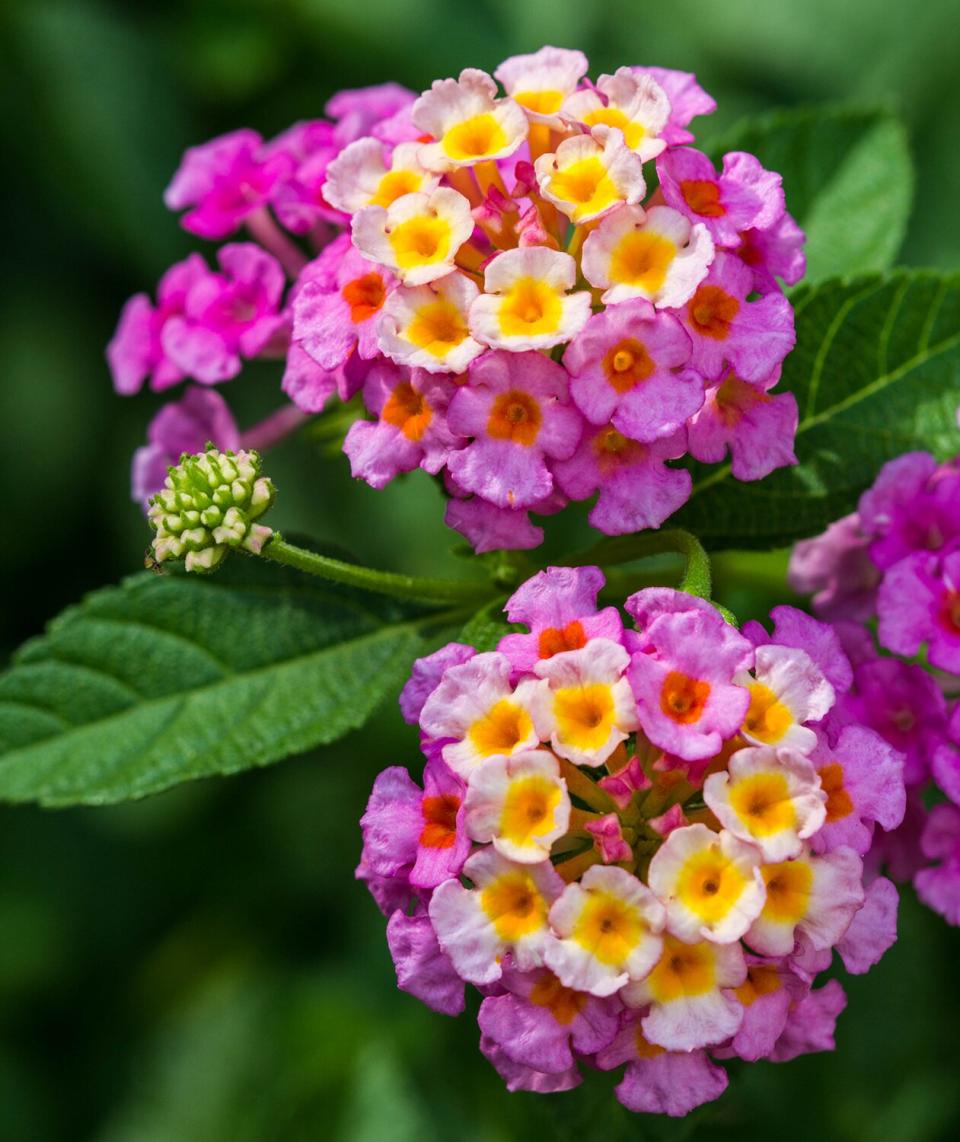8 Plants You'll Barely Need to Water
Yarrow (Achillea millefolium)
"This plant flowers most actively in May and June, so use it in your garden as a seasonal color accent since they come in different colors like pink, purple, and yellow," says Chris Lambton, professional landscaper and host of DIY Network's Yard Crashers. "Place it near plants that flower earlier in the spring, such as tulips, or ones that flower later in the summer, like Black-eyed Susans." It thrives in hot conditions and can also be grown in high elevations.
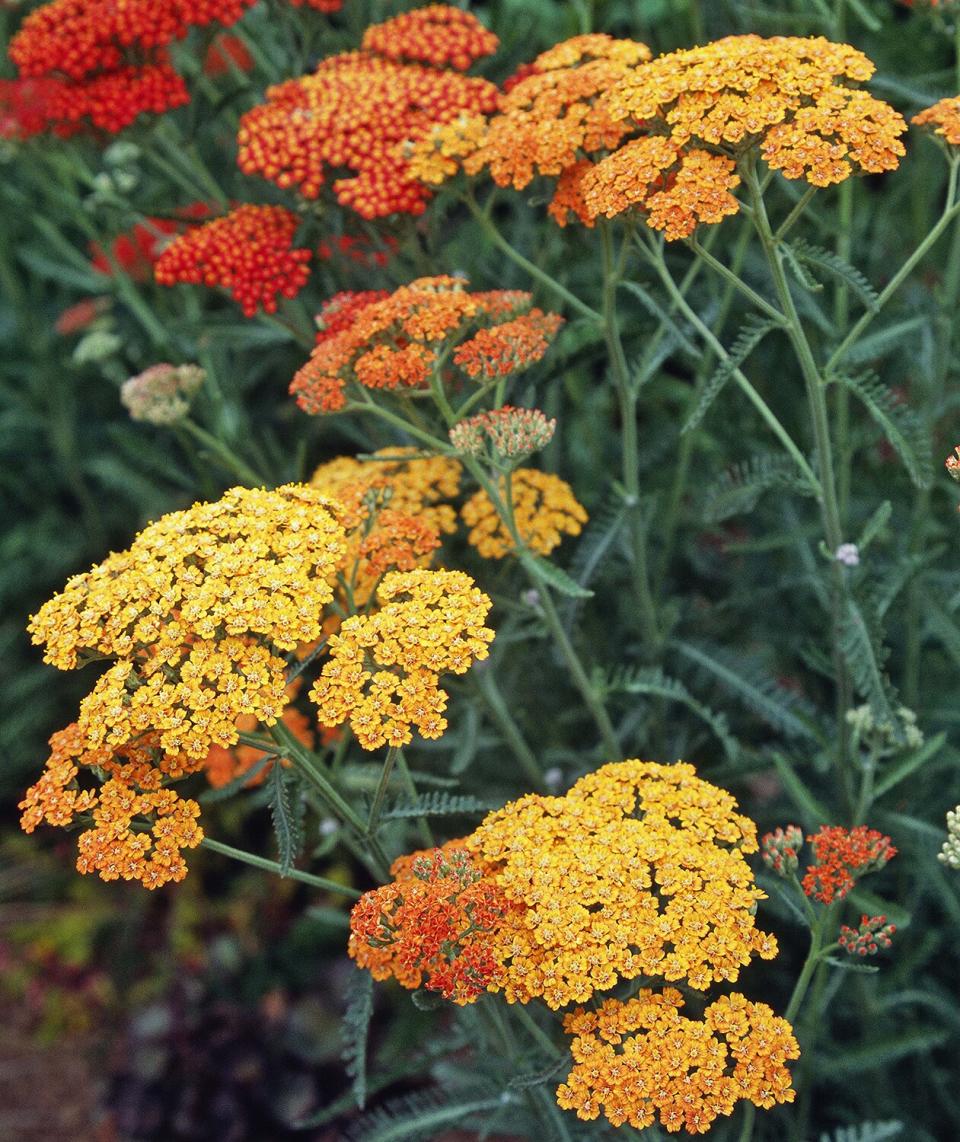
Lamb's Ear (Stachys byzantina)
This flowering perennial herb has a unique fuzzy texture. "It does well in partial-to-full sun," says Lambton. "It doesn't love hot and humid, so it's a great choice for dry climates." In colder climates, it will appear "dead" in the winter, but will come back to life in the spring. A word of caution from Lambton: This herb spreads as it grows, so keep that in mind when you're deciding on where to plant it.
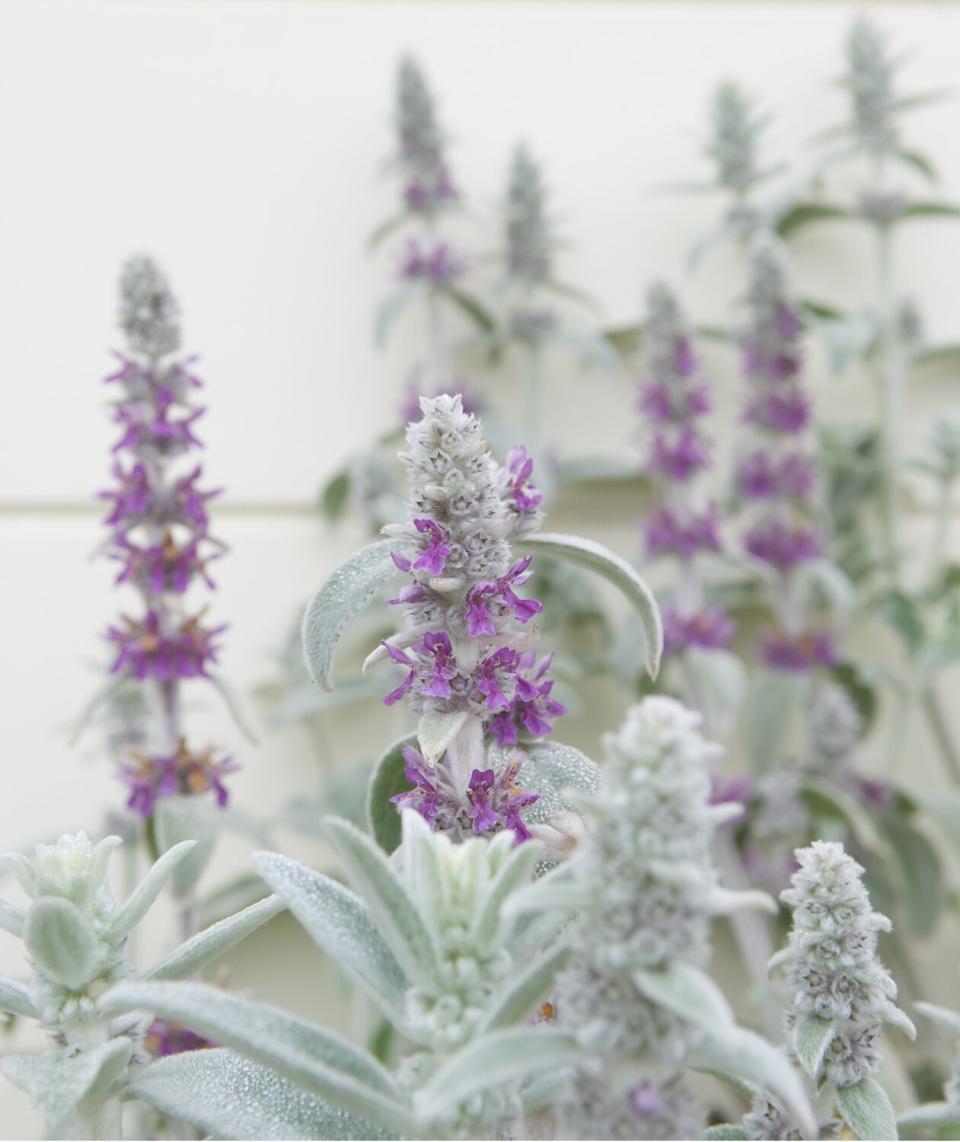
Butterfly Weed (Asclepias tuberosa)
"These plants yield beautiful clusters of bright orange flowers that attract butterflies, especially Monarchs," says garden expert Christy Dailey of christygardens. This perennial prefers well-drained sandy soils, requires very little water, and blooms from May to September.
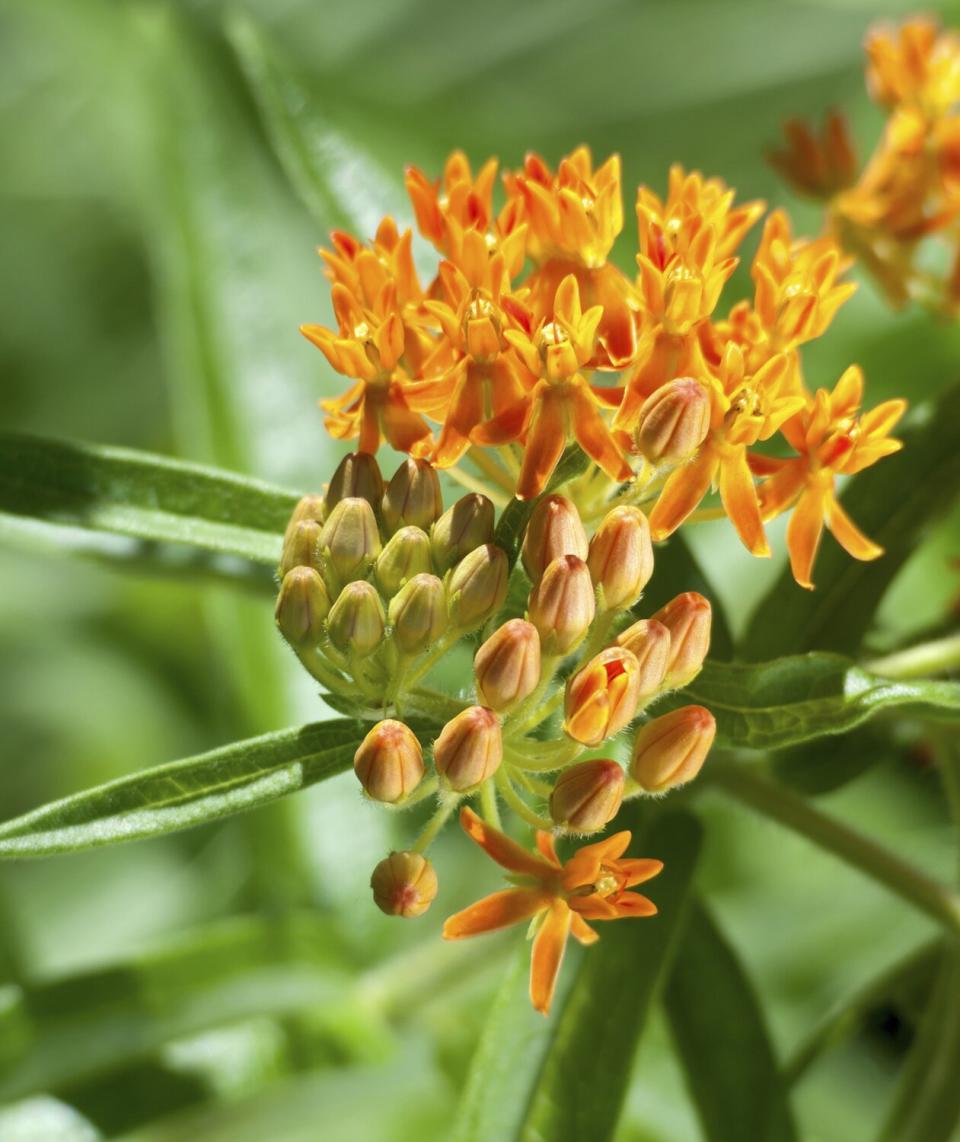
Russian Sage (Perovskia atiplicifolia)
"These billowy and fragrant woody stems produce pretty purple flowers that bees and butterflies love," says Dailey. "They bloom from late spring through October." A mature plant grows to three to five feet tall and requires plenty of sun. It's sturdy enough to withstand wind and cold weather.
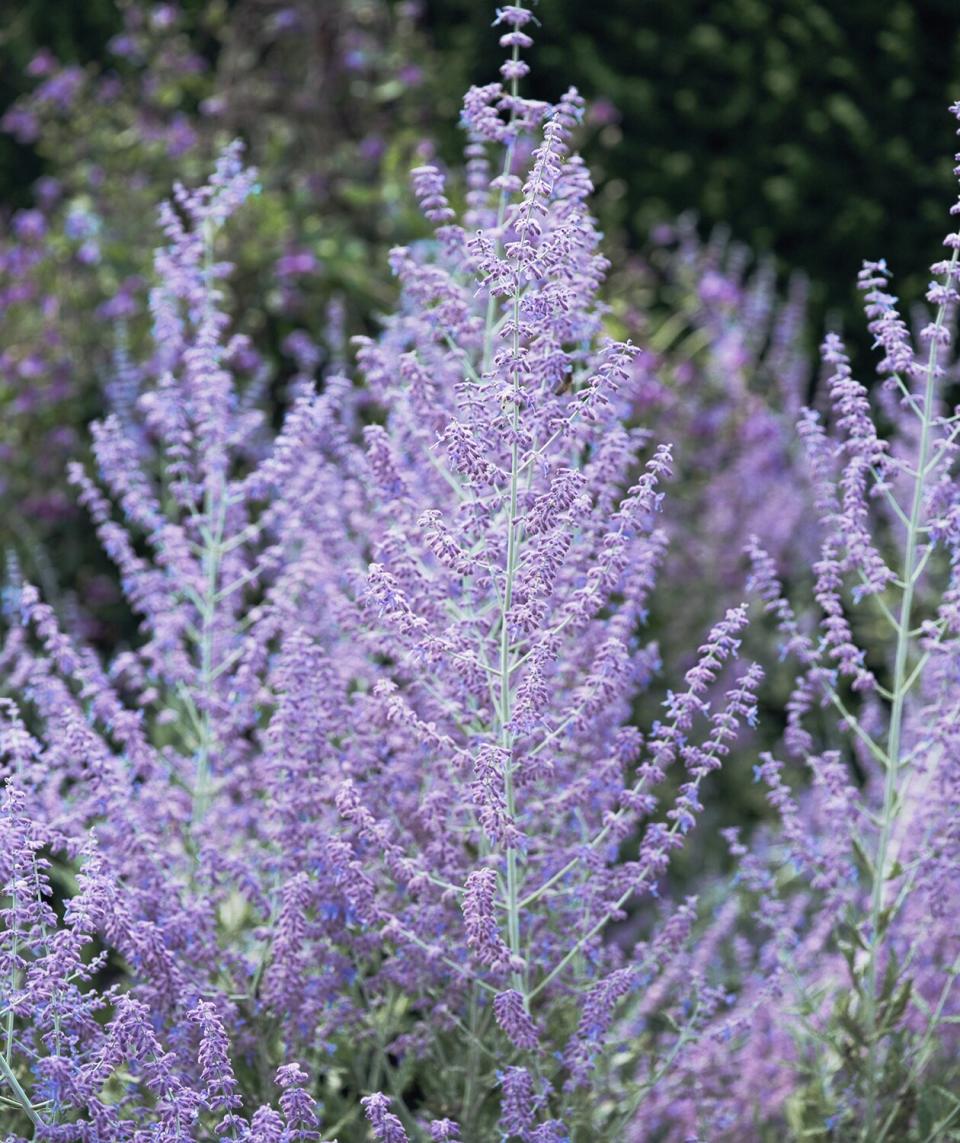
Rosemary (Rosmarinus officinalis)
Rosemary is a great addition to your garden because it's nice to look at and edible. "Since this is an evergreen plant, you'll want to prune it regularly to maintain a good shape—and if you're using it to cook—the freshest taste," says Lambton. "It loves the sun and can hold up well in dry conditions." If you live in a warmer region, rosemary will have no problem growing year-round. In colder climates, replace the in-ground plant when the weather starts getting chilly, or bring the plant inside if it's grown in a container.
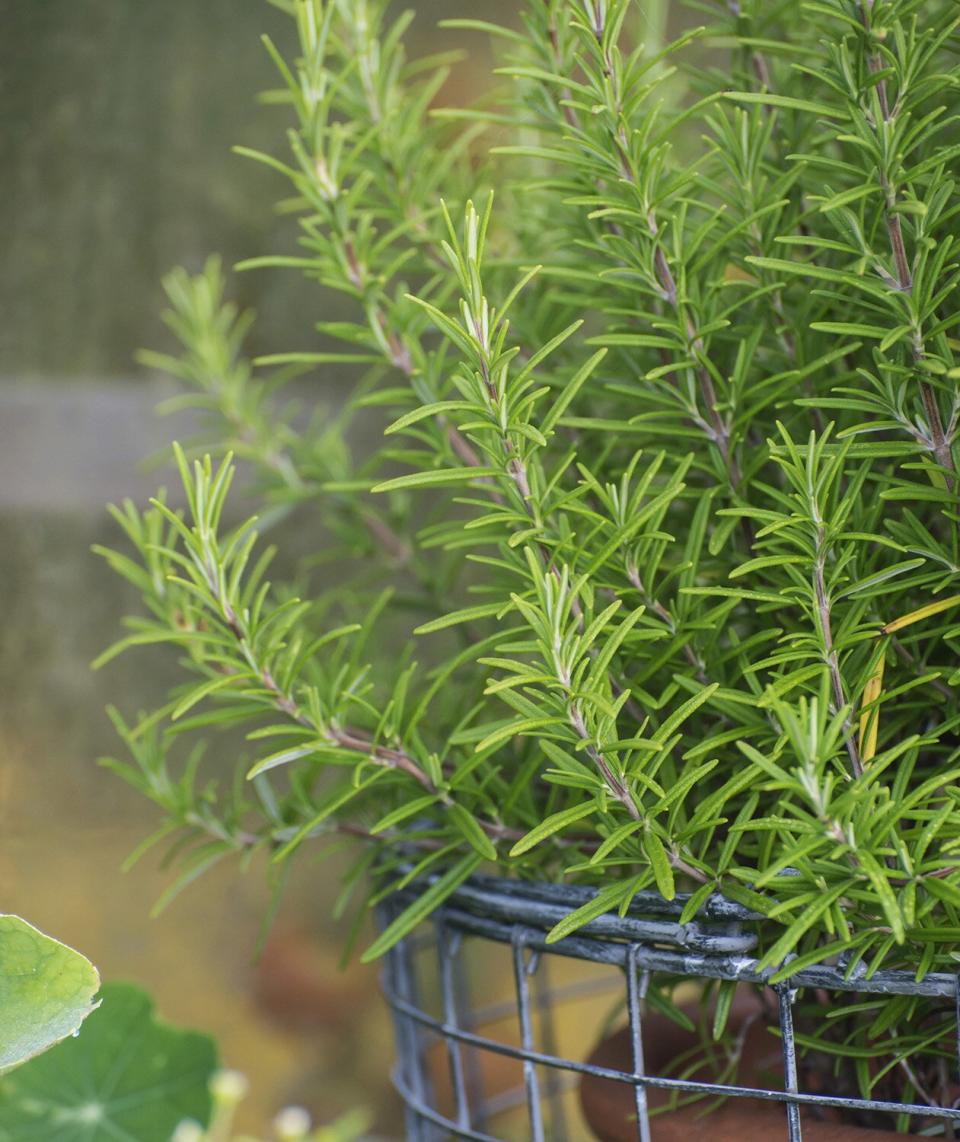
Stonecrop (Sedum)
The fleshy leaves on this plant help it retain water in dry conditions. "It comes in all shapes and sizes," says Dailey. "Some are upright, while others creep low to the ground, but all have attractive blooms of hot pink, lime green, and other vibrant colors." They thrive in soil that can drain well.
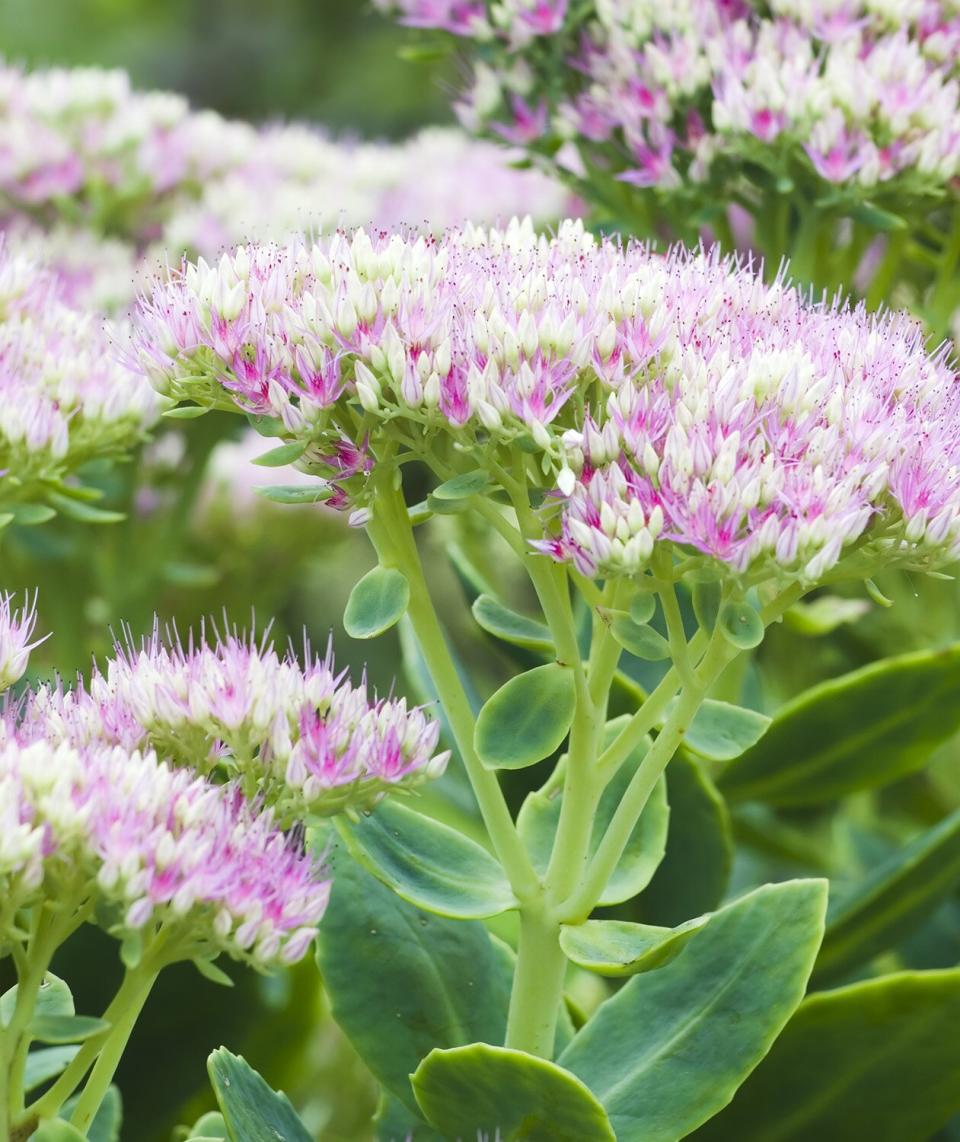
Coneflower (Echinacea)
Known for its large purple flowers, this plant is native to central and eastern United States. It is often used as a holistic measure to treat common colds and other illnesses. "These plants are a colorful summer accent," says Lambton. "They tolerate sun and dry soil well, although they should receive light watering in the summer months if there is less than one inch of rain per week."
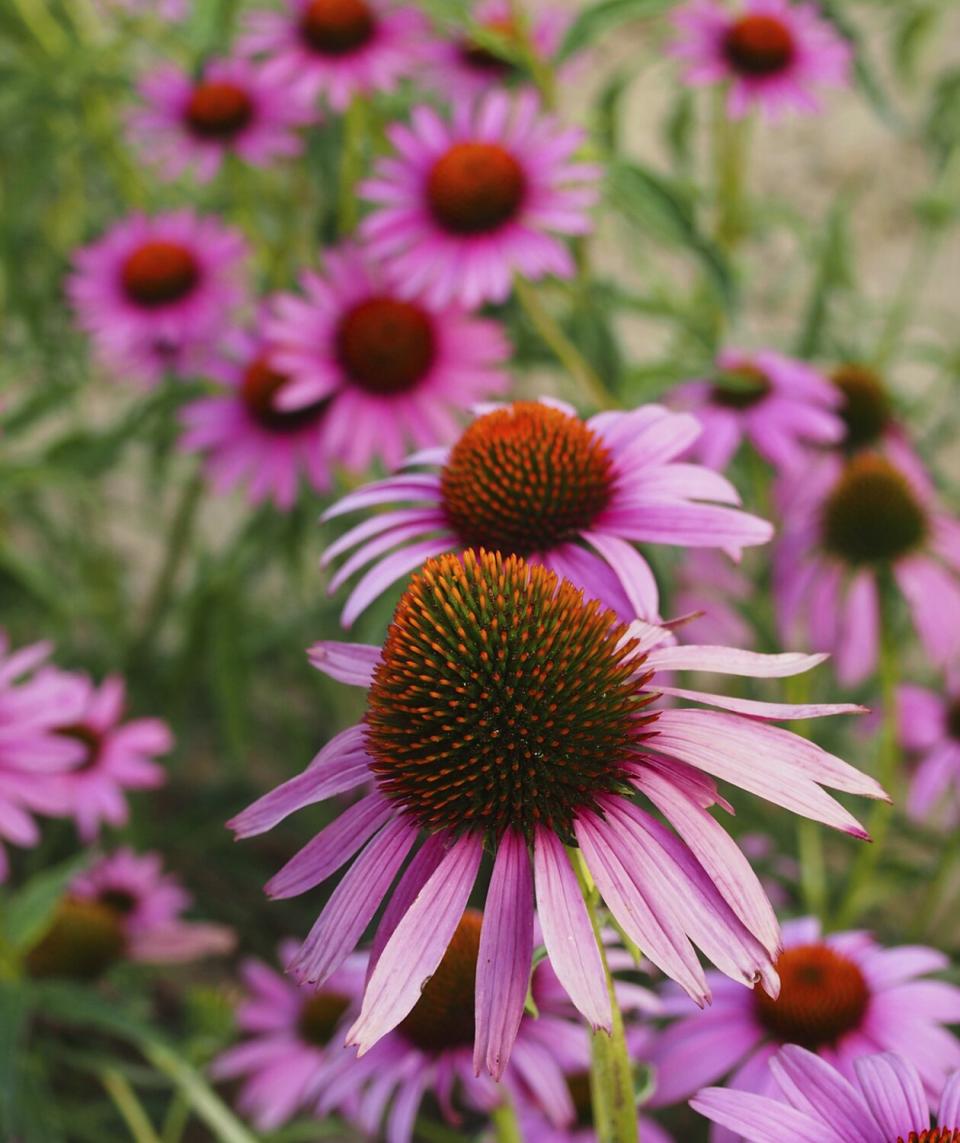
Lantana
Lantana is a genus of about 150 species that are native to tropical areas of South America and Africa. Luckily, these hearty plants can also grow in the United States, especially in the southeastern coast. "They are available in a wide variety of colors, and they often change hues during their bloom cycle, which results in multi-colored flowers," says Lambton. When you first plant lantana, you'll want to water the plant more often, but as it grows it will only need to be watered once a week.
